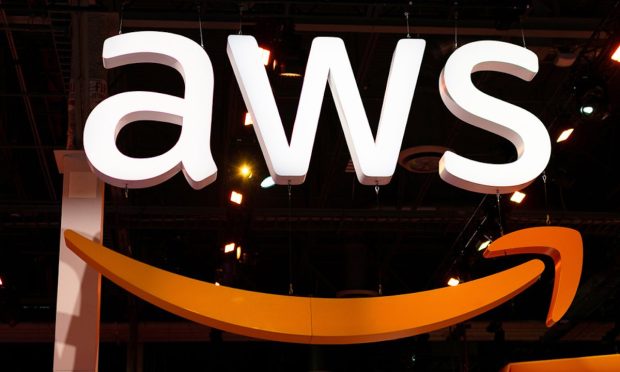AWS Outage: A Warning Shot That Underscores Breadth and Pace of Digital Economy

“Mama said there’ll be days like this,” says the 1960s hit song by the Shirelles — and for Amazon’s cloud service provider AWS, Tuesday (Dec. 7) was definitely one of those days.
As news of the internet outages spread, reports of disruptions began to emerge, ranging from household devices to newsgathering operations at the Associated Press to airline reservations to Amazon’s own website, Alexa system and package delivery empire — right in the throes of the peak holiday season.
For some, the service loss was used as an opportunity to finger-wag about the dangers of over-reliance on digital technology, without any sense of the irony that most of these rants were being created and shared on cloud-connected websites and social media platforms.
Others took an almost absurd view of the outage, reflecting on how our connectivity addiction has, in some ways, rendered us helpless. The Wall Street Journal, for example, shared tales of hungry cats deprived of their internet-connected feeders and of the domestic discomfort experienced by people who had to sweep up their own crumbs instead of having their robotic Roomba vacuum them up. At last check, that article had garnered close to 300 reader comments, most of which were aghast at our societal ineptitude.
“Regular heroes, all of them! And on Pearl Harbor Day, no less,” quipped one sarcastic Journal reader, after learning how the outage disrupted modern daily routines.
But for other observers, especially those who were only witnesses to the outage rather than victims of it, AWS’ bad day was just that — one day within what has been a generation of change and unfathomable digital advances.
A By-Product of Progress
That is not to minimize the seriousness of the outage or its very real impact on all manner of businesses and human daily life — including countless web-connected devices and platforms that protect our health and keep our homes safe.
If anything, the outage underscored how important the connected economy has actually become, and how its seamless 24-7 uninterrupted operation is still expected and taken for granted. Like so many other aspects of life, our appreciation for things often grows only after we have lost them — whether that be people, pets, properties or any of the millions of digital systems that silently support our routines.
Today, these tech-assisted tasks aren’t just the stuff reserved for digital pioneers, and have become as widespread and mainstream as running water. In fact, PYMNTS’ landmark “How Consumers Live in the Connected Economy” report in June showed that “92% of all consumers — not just tech-savvy millennials — have placed online orders for products and services, more than 85% have paid bills online and managed their banking online, and 72% have booked hotel tickets online.”
Read the full study: How Consumers Live in the Connected Economy
In addition, the rise in — and resilience of — remote or work-from-home employment since the start of the pandemic has only raised the connectivity stakes, as up to one-third of the labor force now works out of an office at least a few days per week, and oftentimes more.
The simple truth, as unpleasant as it may be to accept, is that outages happen. Power outages dot the landscape almost daily. Water mains burst all the time. ATMs go offline and out of service. Satellite TV, cell phone, video conference and internet connection disruptions happen more than most people would care to admit.
But that doesn’t mean we give up on them. If anything, their temporary loss makes us want and appreciate them even more, and serves as a reminder that having back-up plans is always a good idea.
In short, instead of ranting about the AWS outage, enjoy the productivity and technological advances that have permeated our lives more deeply than we might realize — but also, be like a Boy Scout and Be Prepared, because it will inevitably happen again.
